American Apparel: Don't Discount the Skeeze Factor
This maker of trendy teen clothes has surging sales and cheap shares, but its dubious financial statements and unorthodox CEO should make you be wary of the stock.
At a glance, American Apparel seems like a great business story and an even greater investing story.
This scrappy apparel chain makes its clothing in a Los Angeles warehouse, pays its workers a decent wage and offers them subsidized health care. American Apparel operates nearly 200 stores around the world, selling tight and tapered clothes in bright colors to teens and young adults. It just opened a store in Shanghai -- take that, trade deficit!
The numbers look terrific. The company rang up sales of $111 million in the first quarter, up 51% from the same period in 2007. Analysts on average expect American Apparel to earn 35 cents a share this year. Last year, the company earned 31 cents a share, but the figure would have been 19 cents without a deferred tax benefit. At its May 20 close of $7.11, the stock (symbol APP) sells at 20 times 2008 earnings estimates, an apparent bargain considering the company's rapid growth.
From just $107.88 $24.99 for Kiplinger Personal Finance
Become a smarter, better informed investor. Subscribe from just $107.88 $24.99, plus get up to 4 Special Issues

Sign up for Kiplinger’s Free Newsletters
Profit and prosper with the best of expert advice on investing, taxes, retirement, personal finance and more - straight to your e-mail.
Profit and prosper with the best of expert advice - straight to your e-mail.
Those young people who make up American Apparel's target have a word that neatly sums up why the shares look so cheap: skeezy. Urbandictionary.com defines skeezy as a combination of sketchy (dubious) and sleazy (dirty or vulgar).
Skeezy might also describe American Apparel's chief executive officer, Dov Charney. The Wall Street Journal reported in April that Charney "stages provocative photo shoots in the basement of his Los Angeles mansion -- a hilltop perch filled with stacks of his vintage porn magazines." Unrelated to his predilection for porn, he has been the target of four sexual harassment suits by former employees. Regarding the one lawsuit still pending, Charney told CNBC: "I don't see this as an ongoing risk for us."
The company' uses a "provocative marketing and branding" strategy to peddle its wares. A typical ad features a teenage girl in skimpy AA clothes and provocative poses. The pitches make the once-scandalous Abercrombie & Fitch ads look like a pitch for a petticoat in a Sears catalog, circa 1894.
There's no question that Charney is good at what he does. He was recently named Retailer of the Year at the 15th Annual Michael Awards for the Fashion Industry, the Oscars of fashion.
But because of American Apparel's penchant for skeezy financial statements, investors should approach the stock with extreme care. The company has had problems with creditors and has often had to restate its financials, in one case because it overstated its profits by 30% in 2005.
More recently, the company had to correct some things officials said during the company's May 13 conference call, including an assertion that its U.S. wholesale segment lost money in the fourth quarter of 2007. The unit actually made money. Potato, patahto.
The company has defended its restatements and disputed its problems with creditors (the point by point defense is too complicated to get into). Lazard Capital Markets analyst Todd Slater says the company's numbers "have been scrutinized and approved by independent auditors," as well as the Securities and Exchange Commission.
American Apparel became public last year through a rare method often used by firms that begin life as penny stocks: a "blank check" initial public offering. Basically, an investment company raises money but doesn't give investors a clue about for what it will be used. In this case, the company raised $130 million then bought a portion of American Apparel, which subsequently became a publicly traded company.
Despite all those red flags, American Apparel has its fans. Analyst Todd Slater dismisses the damning Wall Street Journal article as pointing out "growing pains" of a privately held company and its "unorthodox CEO."
And when the company missed first-quarter earnings estimates (analysts had predicted 5 cents a share, and the company made 2 cents), Slater said that results were clouded by one-time issues and that it was actually a strong quarter. "Retail sales increased 56% in the U.S., 70% in Canada and 84% in other international locations," wrote Slater, who has a $17 price target on the stock. "We are hard-pressed to find many other retailers operating at these levels of productivity growth."
I bet he'd also be hard-pressed to find many other retailers with such a checkered past. Sometimes the numbers don't tell the full story. In many such cases, it's often prudent to walk away, even if the company is growing wildly and the stock looks cheap.
Profit and prosper with the best of Kiplinger's advice on investing, taxes, retirement, personal finance and much more. Delivered daily. Enter your email in the box and click Sign Me Up.

-
 AI Stocks Lead Nasdaq's 398-Point Nosedive: Stock Market Today
AI Stocks Lead Nasdaq's 398-Point Nosedive: Stock Market TodayThe major stock market indexes do not yet reflect the bullish tendencies of sector rotation and broadening participation.
-
 Top Tech Gifts to Grab at Walmart Before Christmas
Top Tech Gifts to Grab at Walmart Before ChristmasBig savings on Apple, Bose, HP, Vizio and more while there's still time to shop.
-
 AI Appliances Aren’t Exciting Buyers…Yet
AI Appliances Aren’t Exciting Buyers…YetThe Kiplinger Letter Artificial intelligence is being embedded into all sorts of appliances. Now sellers need to get customers to care about AI-powered laundry.
-
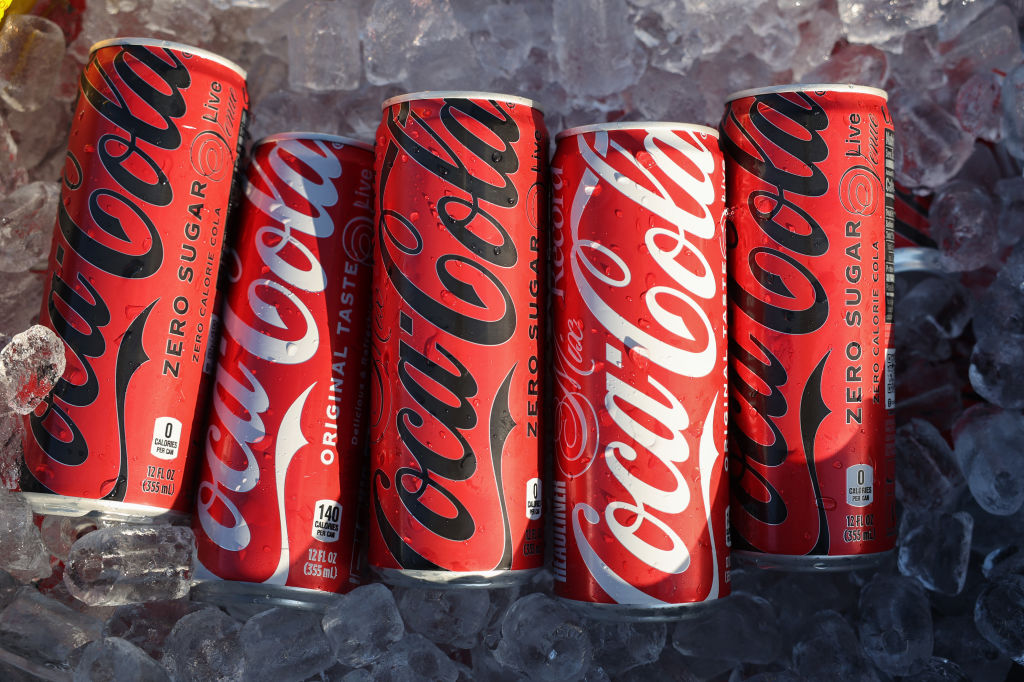 If You'd Put $1,000 Into Coca-Cola Stock 20 Years Ago, Here's What You'd Have Today
If You'd Put $1,000 Into Coca-Cola Stock 20 Years Ago, Here's What You'd Have TodayEven with its reliable dividend growth and generous stock buybacks, Coca-Cola has underperformed the broad market in the long term.
-
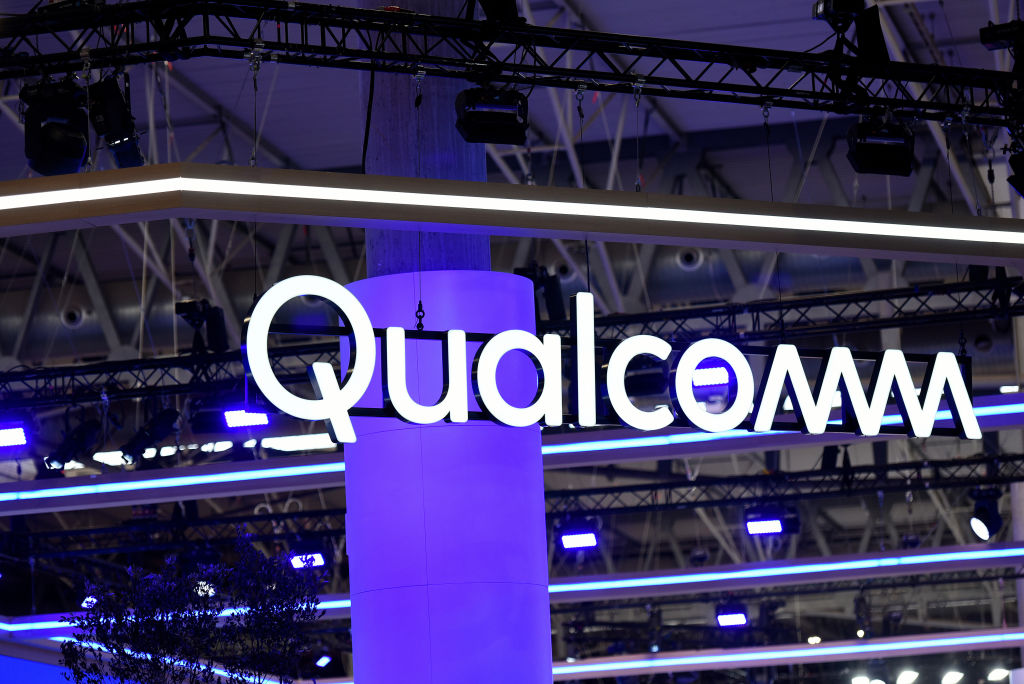 If You Put $1,000 into Qualcomm Stock 20 Years Ago, Here's What You Would Have Today
If You Put $1,000 into Qualcomm Stock 20 Years Ago, Here's What You Would Have TodayQualcomm stock has been a big disappointment for truly long-term investors.
-
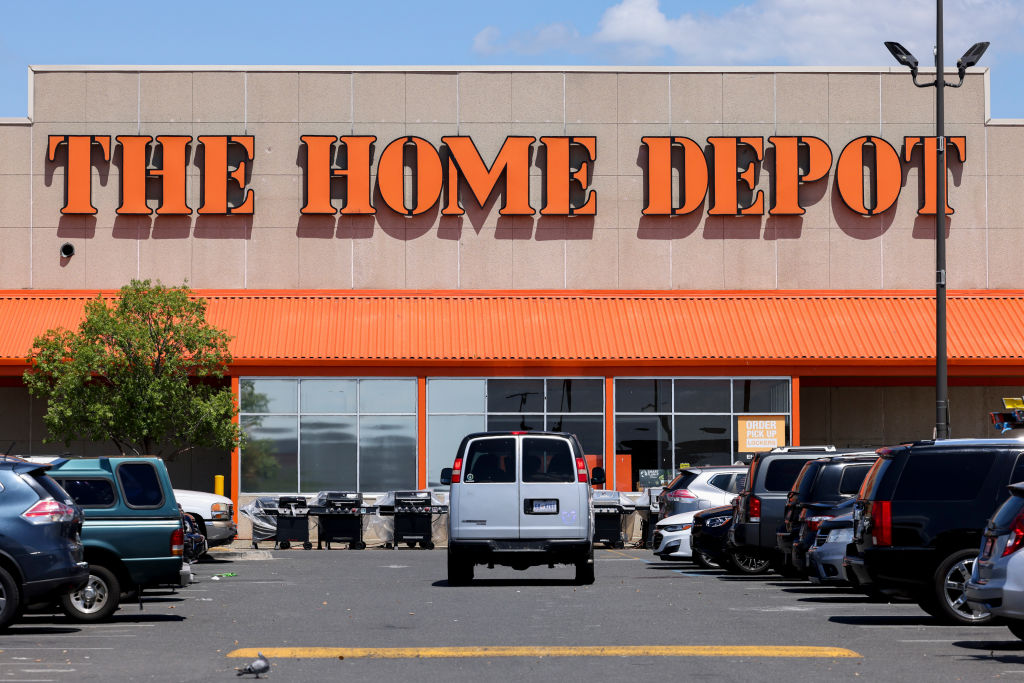 If You'd Put $1,000 Into Home Depot Stock 20 Years Ago, Here's What You'd Have Today
If You'd Put $1,000 Into Home Depot Stock 20 Years Ago, Here's What You'd Have TodayHome Depot stock has been a buy-and-hold banger for truly long-term investors.
-
 What the Rich Know About Investing That You Don't
What the Rich Know About Investing That You Don'tPeople like Warren Buffett become people like Warren Buffett by following basic rules and being disciplined. Here's how to accumulate real wealth.
-
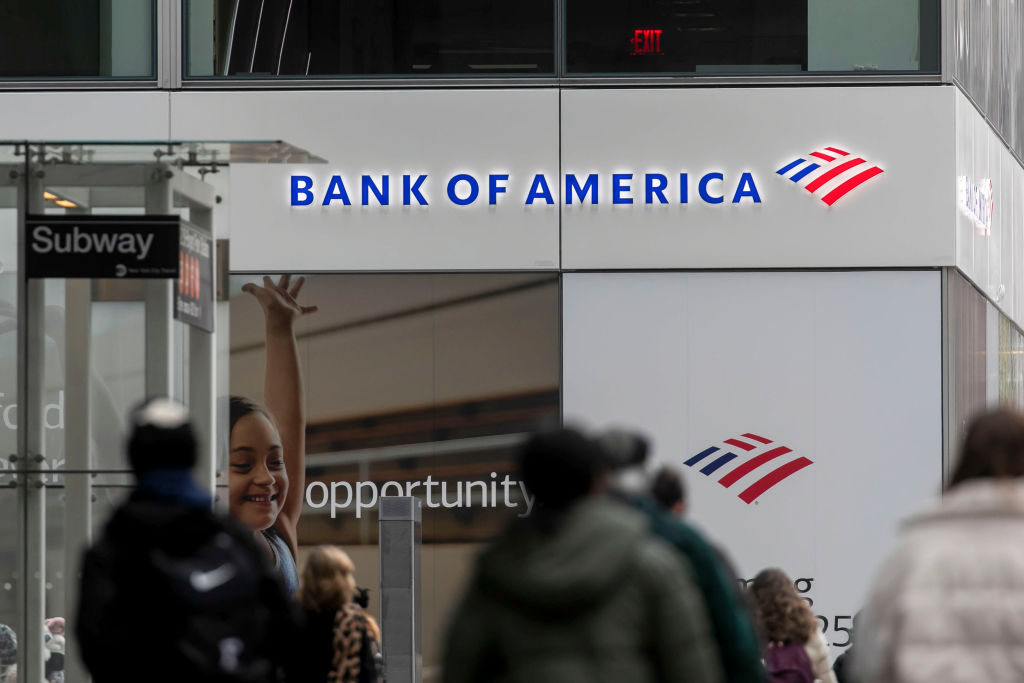 If You'd Put $1,000 Into Bank of America Stock 20 Years Ago, Here's What You'd Have Today
If You'd Put $1,000 Into Bank of America Stock 20 Years Ago, Here's What You'd Have TodayBank of America stock has been a massive buy-and-hold bust.
-
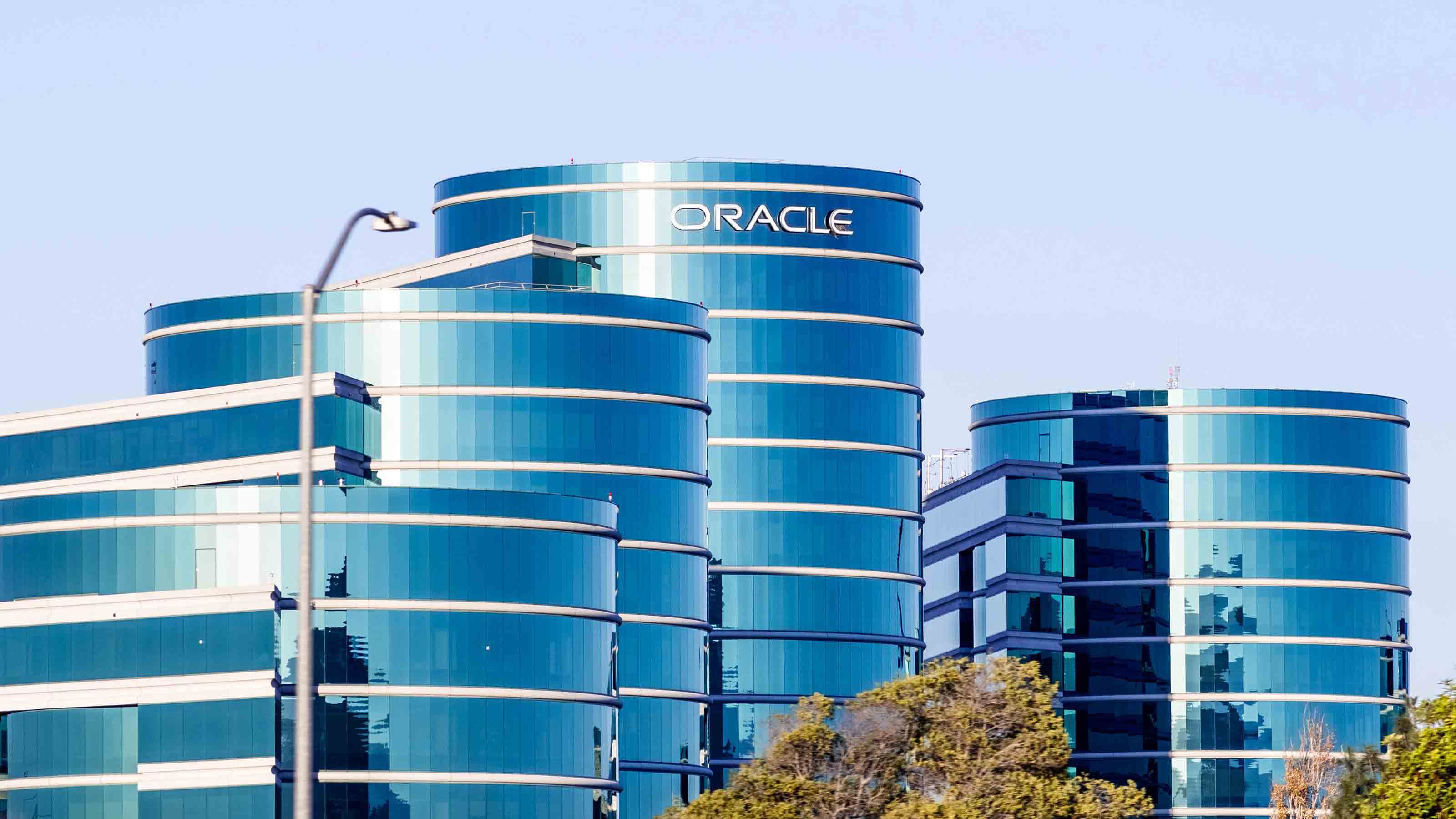
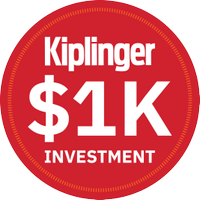 If You'd Put $1,000 Into Oracle Stock 20 Years Ago, Here's What You'd Have Today
If You'd Put $1,000 Into Oracle Stock 20 Years Ago, Here's What You'd Have TodayORCL Oracle stock has been an outstanding buy-and-hold bet for decades.
-
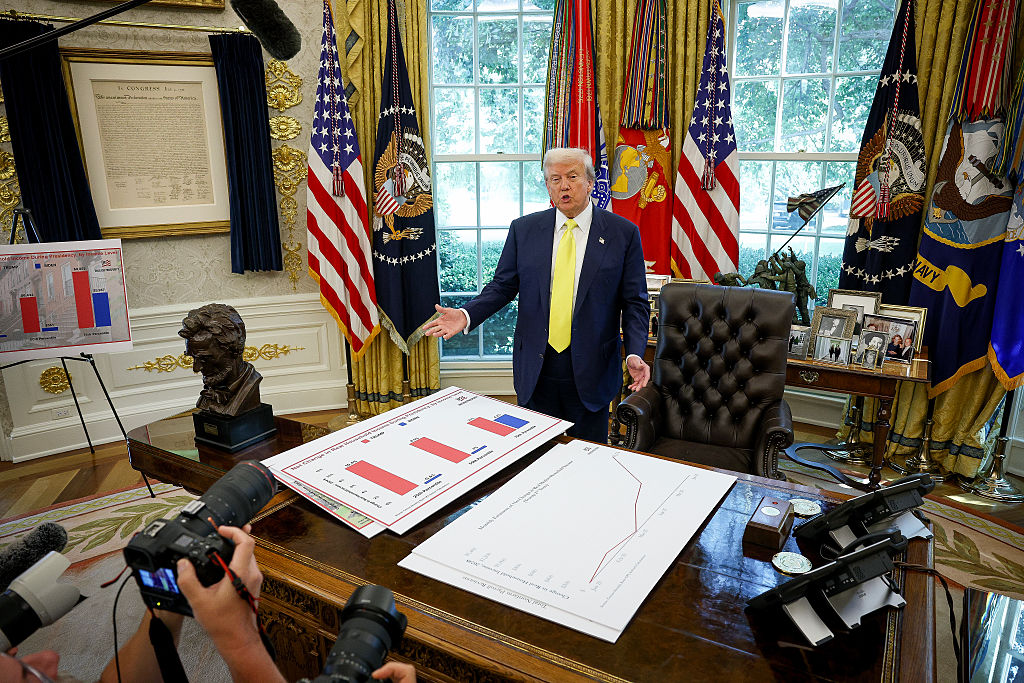 How to Invest for Rising Data Integrity Risk
How to Invest for Rising Data Integrity RiskAmid a broad assault on venerable institutions, President Trump has targeted agencies responsible for data critical to markets. How should investors respond?
-
 If You'd Put $1,000 Into Sherwin-Williams Stock 20 Years Ago, Here's What You'd Have Today
If You'd Put $1,000 Into Sherwin-Williams Stock 20 Years Ago, Here's What You'd Have TodaySherwin-Williams stock has clobbered the broader market by a wide margin for a long time.
